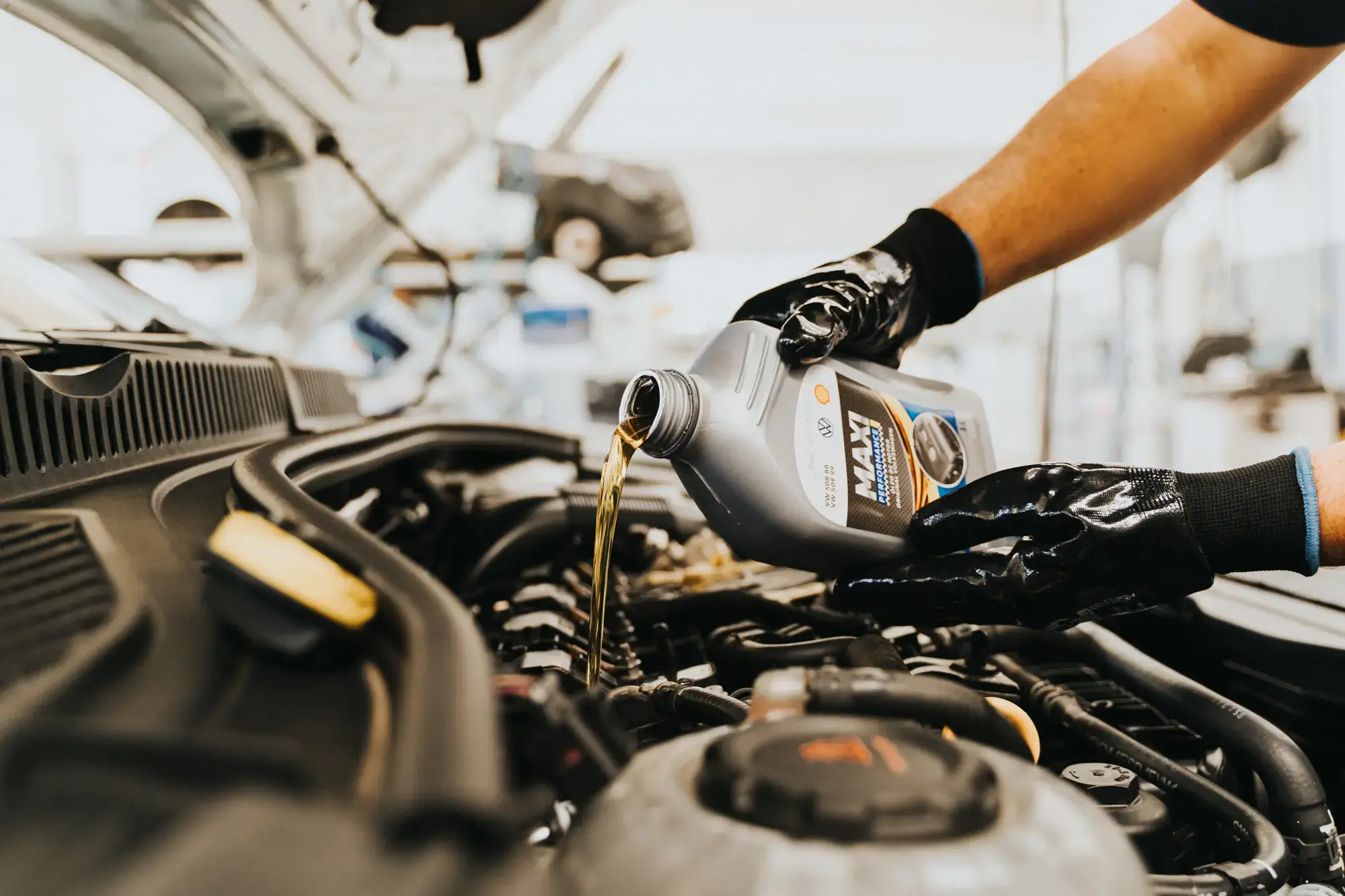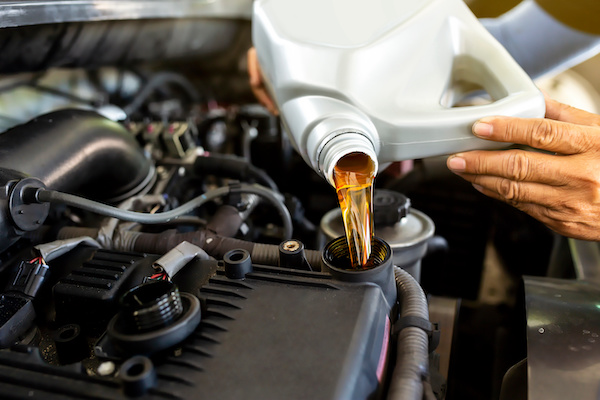Engine diagnostics are a vital part of vehicle repair, allowing technicians to determine problems and restore cars to optimal performance. With developments in modern technology, car repair service stores have improved the procedure of identifying engine issues, making it quicker and much more exact. Right here's a failure of just how automobile service center perform engine diagnostics and why this service is important.
The Relevance of Engine Diagnostics. Engine diagnostics are created to uncover prospective troubles that could influence an automobile's performance, efficiency, or safety and security. Regular diagnostics can help identify issues like lowered fuel efficiency, harsh idling, or tough starts before they rise into major repair work. They are additionally vital when a lorry's "check engine" light comes on, signaling that something within the system needs attention.
![]()
Step-by-Step Refine for Engine Diagnostics. Consumer Input and Initial Assessment:. When a car comes to the shop, the service technician collects information from the proprietor concerning any kind of signs and symptoms, such as unusual sounds, lowered performance, or advising lights. This input helps assist the diagnostic procedure.
Linking Diagnostic Devices:. Many modern-day cars and trucks are furnished with an Onboard Diagnostics (OBD-II) system, which stores information about the car's efficiency and errors. Technicians connect a diagnostic scanner to the OBD-II port, generally located near the dashboard. This scanner fetches Diagnostic Difficulty Codes (DTCs), which provide insight into possible problems.
Data Interpretation:. Each DTC represents a particular problem, such as an oxygen sensor malfunction or a cyndrical tube misfire. Technicians assess these codes together with real-time efficiency information from the engine. This step usually entails cross-referencing codes with supplier guidelines to identify the precise reason.
Advanced Screening and Assessment:. Specialists might execute added tests if the DTCs don't give a clear solution. For instance:
![]()
Compression Testing: Checks the engine's capability to produce pressure in the cylinders. Vacuum Testing: Spots leaks that can impact engine performance. Gas System Testing: Measures fuel stress and circulation rates to make sure the fuel distribution system is functioning correctly. Manual Checks:. In some cases, a hands-on examination of the engine might be essential. Technicians look for noticeable indicators of damage, wear, or leaks that could not reveal up throughout digital diagnostics.
Reporting and Fixes:. As soon as the origin is determined, the technician gives a comprehensive record and suggests repair work choices. Whether it's changing a damaged component or rectifying the system, this action guarantees the concern is resolved properly.
Equipment Made Use Of in Diagnostics. Car repair work shops rely upon a variety of devices, including:
OBD-II Scanners: To analyze and get error codes. Digital Multimeters: For testing electric parts. Oscilloscopes: To examine electrical waveforms in engine systems. Smoke Machines: To locate leakages in vacuum cleaner systems. Why Engine Diagnostics Are Vital. Price Savings: Very early detection of problems minimizes the likelihood of costly repairs. Improved Efficiency: Diagnostics guarantee the engine operates at peak efficiency. Environmental Advantages: Taking care of emission-related troubles aids lower a vehicle's carbon footprint. Safety: Attending to engine concerns without delay reduces the danger of break downs or accidents. Verdict. Engine diagnostics are the foundation of effective car maintenance. Vehicle fixing shops use sophisticated devices and specialist strategies to reveal problems quickly, making sure automobiles continue to be secure and reliable. Routine diagnostics not just prolong a vehicle's life expectancy however likewise provide comfort for vehicle drivers, making them a useful financial investment for every auto owner.
The Relevance of Engine Diagnostics. Engine diagnostics are created to uncover prospective troubles that could influence an automobile's performance, efficiency, or safety and security. Regular diagnostics can help identify issues like lowered fuel efficiency, harsh idling, or tough starts before they rise into major repair work. They are additionally vital when a lorry's "check engine" light comes on, signaling that something within the system needs attention.

Step-by-Step Refine for Engine Diagnostics. Consumer Input and Initial Assessment:. When a car comes to the shop, the service technician collects information from the proprietor concerning any kind of signs and symptoms, such as unusual sounds, lowered performance, or advising lights. This input helps assist the diagnostic procedure.
Linking Diagnostic Devices:. Many modern-day cars and trucks are furnished with an Onboard Diagnostics (OBD-II) system, which stores information about the car's efficiency and errors. Technicians connect a diagnostic scanner to the OBD-II port, generally located near the dashboard. This scanner fetches Diagnostic Difficulty Codes (DTCs), which provide insight into possible problems.
Data Interpretation:. Each DTC represents a particular problem, such as an oxygen sensor malfunction or a cyndrical tube misfire. Technicians assess these codes together with real-time efficiency information from the engine. This step usually entails cross-referencing codes with supplier guidelines to identify the precise reason.
Advanced Screening and Assessment:. Specialists might execute added tests if the DTCs don't give a clear solution. For instance:

Compression Testing: Checks the engine's capability to produce pressure in the cylinders. Vacuum Testing: Spots leaks that can impact engine performance. Gas System Testing: Measures fuel stress and circulation rates to make sure the fuel distribution system is functioning correctly. Manual Checks:. In some cases, a hands-on examination of the engine might be essential. Technicians look for noticeable indicators of damage, wear, or leaks that could not reveal up throughout digital diagnostics.
Reporting and Fixes:. As soon as the origin is determined, the technician gives a comprehensive record and suggests repair work choices. Whether it's changing a damaged component or rectifying the system, this action guarantees the concern is resolved properly.
Equipment Made Use Of in Diagnostics. Car repair work shops rely upon a variety of devices, including:
OBD-II Scanners: To analyze and get error codes. Digital Multimeters: For testing electric parts. Oscilloscopes: To examine electrical waveforms in engine systems. Smoke Machines: To locate leakages in vacuum cleaner systems. Why Engine Diagnostics Are Vital. Price Savings: Very early detection of problems minimizes the likelihood of costly repairs. Improved Efficiency: Diagnostics guarantee the engine operates at peak efficiency. Environmental Advantages: Taking care of emission-related troubles aids lower a vehicle's carbon footprint. Safety: Attending to engine concerns without delay reduces the danger of break downs or accidents. Verdict. Engine diagnostics are the foundation of effective car maintenance. Vehicle fixing shops use sophisticated devices and specialist strategies to reveal problems quickly, making sure automobiles continue to be secure and reliable. Routine diagnostics not just prolong a vehicle's life expectancy however likewise provide comfort for vehicle drivers, making them a useful financial investment for every auto owner.
Navigation
Home
Latest Posts
The Jake Sweeney Mazda Certified Advantage
Published May 29, 25
1 min read
Discover the Strong New Mazda CX-50
Published May 24, 25
1 min read
Unlock Exclusive Savings with the Mitsubishi VIP Program
Published May 23, 25
1 min read